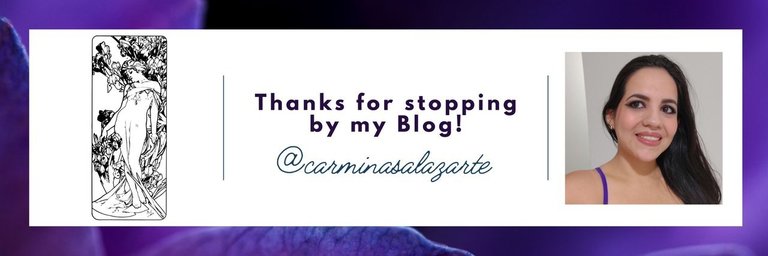Yellow Day 💛: Working with Turmeric in Art Class [ENG/ESP]






Greetings to everyone in the Lifestyle community. Today I'm joining you to give a summary of our week in the Drawing Workshop. Although I prefer to call it the Visual Arts Workshop, since I want to show the kids more than just drawing and give them many more tools to work with. This last point is precisely related to what we saw this week, as the children were tasked with working with three very unusual materials: turmeric, isopropyl alcohol, and baking soda. So expectations were high since it's something we wouldn't usually see anywhere else but in our classroom.
Saludos a todos en la comunidad de Lifestyle. El día de hoy me uno por aquí para dar un resumen de lo que fue nuestra semana en el Taller de Dibujo. Aunque yo prefiero llamarlo el Taller de Artes Plásticas, ya que quisiera mostrarle a los chicos algo más que solo el dibujo y que tengan muchas más herramientas con las que trabajar. Justamente esto último, va en relación con lo que vimos esta semana pues los niños tenían la tarea de trabajar con tres materiales muy inusuales: curcuma, alcohol isopropílico y bicarbonato de sodio. Así que las expectativas estaban altas ya que es algo que usualmente no veríamos en otro lugar sino en nuestra clase.






The students started working with coffee a few days ago, discovering the properties of this material for creating things. Then, by introducing turmeric, they discovered that it can also be used to create interesting things. The task consisted of covering a white sheet of paper with turmeric that had been previously mixed with isopropyl alcohol. They used a spoon to measure the portions: one tablespoon of turmeric and one of alcohol. Next, the turmeric-coated leaves need to dry before working with the baking soda. Once dry, mix one tablespoon of baking soda with one tablespoon of water. Then, using a paintbrush, apply this water/baking soda mixture to the turmeric-coated paper. This activates a chemical reaction that creates an intense red/orange stain.
Los estudiantes comenzaron a trabajar con café hace unos días, descubriendo las propiedades que este material para crear. Así es cómo presentando la curcuma, descubrieron que también se puede trabajar con ella y crear cosas interesantes. El trabajo consistía en cubrir una hoja blanca con curcuma que estaba previamente mezclada con alcohol isopropílico. Ellos se ayudaron con una cuchara y midieron las porciones: una cucharada de cúrcuma y una de alcohol. Luego, hay que dejar secar las hojas untadas de cúrcuma para comenzar a trabajar con él bicarbonato. Una vez que está seco, se mezcla: una cucharada de bicarbonato y una cucharada de agua. Y con la ayuda de un pincel se procede a pasar esta carga de agua/bicarbonato, sobre el papel untado de cúrcuma. Activando una reacción química que crea una mancha roja/naranja intensa.






Some of the children were already familiar with the effect of mixing these two substances, having seen it at the science fair. This was a nice touch, as the kids are very observant. However, I must say they didn't particularly enjoy the smell and the limited control they had when applying the turmeric. So, in a way, it was a good thing, as it's important to step outside their comfort zone and challenge their minds. The goal was for them to understand that any resource (natural, synthetic, etc.) can be used for creation. It always depends on the artist. Of course, some materials have certain properties that determine their quality. They also need to understand that an artist experiments, playing with materials to see which ones work best and how. For example, if they were to create their own pigments for painting, they would need that inventiveness. Thank you so much for stopping by.
Algunos ya conocían el efecto que se daba al mezclar estas dos sustancias, pues lo conocían de la feria de ciencias. Eso es algo agradable pues los chicos son muy observadores, aunque debo decir que no disfrutaron mucho del olor y el poco control que se tiene con la curcuma a la hora de trazar, así que fue en cierta forma algo bueno, pues es importante salir de la zona de confort y desafiar sus mentes. El objetivo estaba en que ellos pudieran entender que para crear, cualquier recurso (natural, sintético, etc.) es bueno. La cuestión siempre dependerá del artista. Aunque claro, algunos materiales determinan cierta calidad en cuanto a las propiedades que tenga mismo. Además, ellos deben comenzar a comprender que un artista también experimenta, juega con sus materiales para ver cuál y cómo resulta más conveniente. Ensayo y error. Por ejemplo, si ellos crearan sus propias pigmentos para pintar, necesitan de esa inventiva. Sin más que decir, muchísimas gracias por pasar por aquí.




0
0
0.000
0 comments